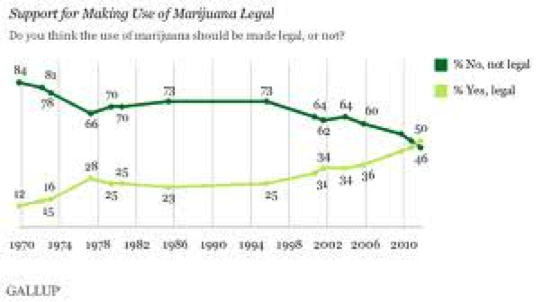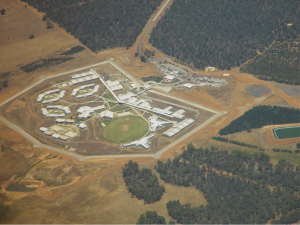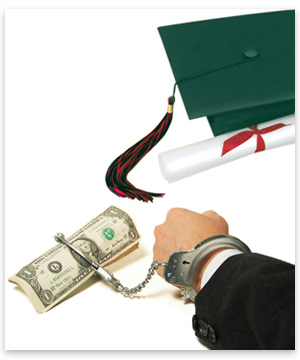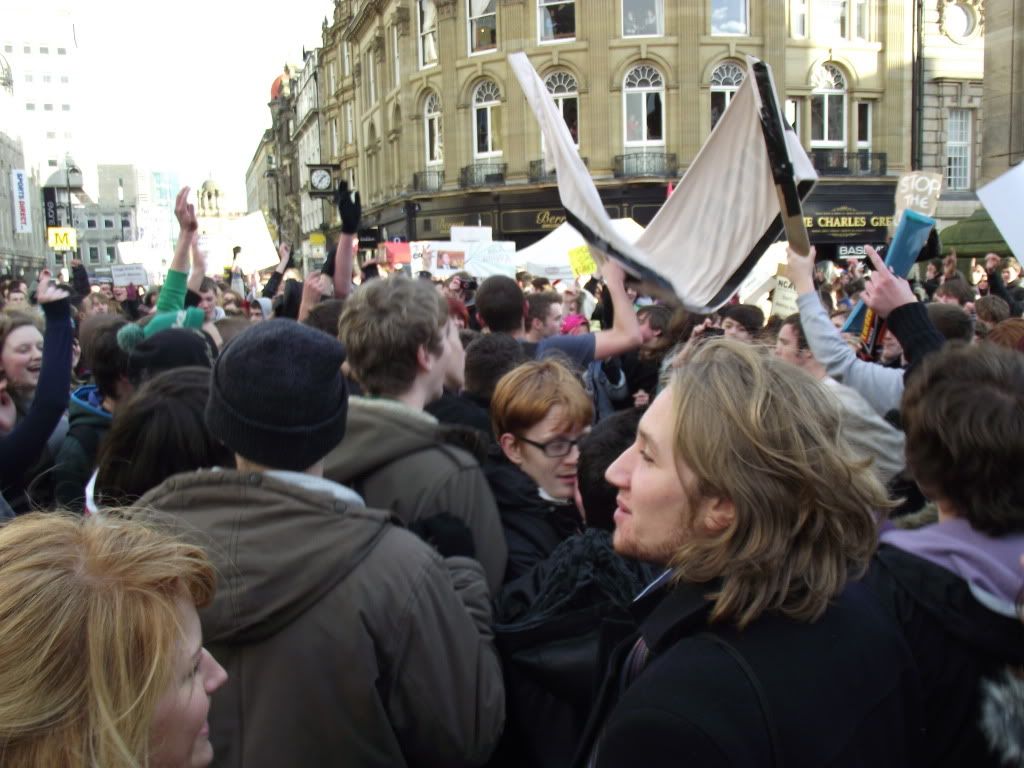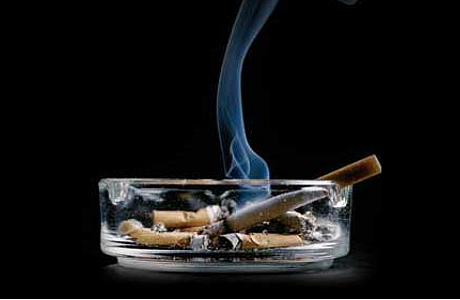According to a fairly recent Gallup poll, 50% of Americans are now in favor of legalising marijuana, a number that is up from the 12% that supported legalisation back in 1969. A growing number of Americans are also in favour of decriminalising the simple possession of all illegal drugs. Growing support for the legalisation of marijuana is so wide in fact, that support now includes endorsements from some very unlikely public figures. It’s hard to believe, but television evangelist Pat Robertson has come out not only in favor of decriminalisation, but for all out legalisation. “Regulate it like alcohol”, he says emphatically. Indeed, we are living in changing times, for it is clear that we are witnessing a monumental sea change in public opinion that has expanded exponentially beyond that of young liberals and libertarians. The common denominator has become such: End the drug war!
Marijuana possession is a victimless crime wherein the only real solution, both economically and morally speaking, is to tax and regulate it as we would any other commodity. We need substance abuse treatment rather than incarceration. Many people of sensible means now recognise the war on drugs for what it has become: a drain on society both socially and fiscally. In this time of budget cuts and furloughs, it is time for us to take another look at how we deal with drug use and abuse amongst otherwise law abiding citizens. The costs have simply become too onerous a burden for cash strapped states to endure. Many people want to know why we continue to dump so much time and money into a war that has clearly failed to achieve its objective.
Whilst we have witnessed a sea change in public opinion in the United States, many of our elected government officials do not appear to mirror the needs and interests of their own constituents. President Barack Obama and Vice President Joseph Biden recently came out against the decriminalisation of drug possession while attending the sixth annual Summit of the Americas that was held in Cartagena, Columbia in April. When questioned on the current status of the drug war, President Obama replied: “I, personally, and my administration’s position is that legalisation is not the answer.” Several South American leaders, however, have highlighted the need for a return to a more pragmatic approach in dealing with drug use and abuse by declaring the need for drug decriminalisation. This is the type of enlightened thinking that harbours the potential to usher in an era which has long been overdue. It is time to alleviate some of the pressure that has been foisted upon our neighbors and friends that live and die in many of the war torn nation states that lie directly south of the American border. They have quite clearly had enough of what’s not working, and we should support them in this new endeavour to curb the violence that has claimed so many lives.
Though this sea change may appear to be a new and novel idea, there used to exist a time in pre-prohibition America where one could openly patronise opium and tea dens, free of legal and moral retribution. Amazingly, the sky did not fall and though there were addicts, no plague of mass indoctrination to the counter drug culture was exhibited. This little known history disavows the prohibitionists’ argument at its core, for legalisation does not equate with higher consumption. It didn’t then and it doesn’t now. We only need to look to the likes of Portugal, where all drugs were decriminalised 11 years ago. As a result of this bold move, drug abuse in now down by half. That’s a fact and no one can dispute it.
We have witnessed a direct correlation with the proliferation of the industrial prison complex industry in conjunction with the dawn of the modern drug war. Law enforcement can no longer focus solely on what’s important: public safety. What the people have been subjected to is a stark increase in violent crime, human rights abuses, and blight in many of America’s impoverished neighbourhoods and beyond. One in 10 African American men in their 30s is incarcerated on any given day. Blacks and Latinos account for three-fourths of those imprisoned for drug related offenses. Arrests for drug offenses have increased exponentially since 1980, but I and everyone else knew that already. All that we need to do is to take a look around and there lies the truth in bold neon lights.
I had the pleasure of engaging in a thought provoking conversation with an acquaintance of mine recently. We talked mostly about violent crime, the proliferation of gun homicides, and the seemingly never ending dilemma of violence in our cities. In describing the neighbourhood that he grew up in, he mentioned how there only used to be about one shooting a month, as opposed to what we are now witnessing on the nightly news. The murder rate has statistically become closer to almost one a day in some cities like New Orleans. “It just never used to be this bad; there used to be more black owned businesses, and now we just have all of this shooting going on all around us all of the time; this is because of the drug war”, he stated emphatically. My acquaintance is not a criminologist (nor am I), nor is he a statistician; he doesn’t need to be. He has lived and grown up in the lower ninth ward of New Orleans for all of the 50+ years that he has inhibited this green earth. He has witnessed firsthand the war on drugs, therefore I believe him when he tells me that he knows what he’s talking about.
So while the failed experiment of alcohol prohibition has hopefully been left to the dustbins of historical reference, the idea of prohibition itself has not officially been dealt its final death blow, for it continues to proliferate despite the massive change in public opinion. It is easy to naively assume, however, that we are moving ever more close to achieving the objective of a post-prohibitionist world, for public has made it clear what the trajectory of the 21st century should entail. Though we have witnessed many signs of hope that appear on the surface to indicate that we are in fact moving ever closer to the decriminalisation of drug possession, it is clear that the opposing forces are as strong and as determined as ever. As of 2012, 16 states, along with the District of Columbia, have legalised medical marijuana and 14 states across the county have decriminalised the simple possession of small amounts of cannabis.
At the federal level, a very different approach has been taking place under the Obama administration. Thus far, there have been more than 100 federal raids on medical marijuana dispensaries across the country, an impressive track record that makes the efforts of Obama’s predecessor pale in comparison. So while the public perception of the war on drugs continues to evolve, it appears that there are two very distinctive and opposing forces currently at work. In the meantime, gross injustices continue to be foisted upon many of our nation’s poor and un-connected in what appears to be a feckless war with no end.
America has the highest incarceration in the world, beating out such countries as Iran, China, and Germany. Among the 50 states, Louisiana is ranked at number one, with the highest incarceration rate in the United States, and thus the world. This shocking statistic seems to coincide with the observations of my acquaintance from the lower ninth ward, for he lives in one of the most dangerous places in the world where it is an exception, rather than the rule, not to have a brush with the law. The blight in some neighbourhoods that has resulted is simply unfathomable in a country that claims to be as advanced as ours. Something clearly has gone wrong, for instead of progressing into the 21st century with dignity, it is clear that in many ways we continue to revert backwards. The drug war is largely responsible for this disparity; it’s time that we end it once and for all.

